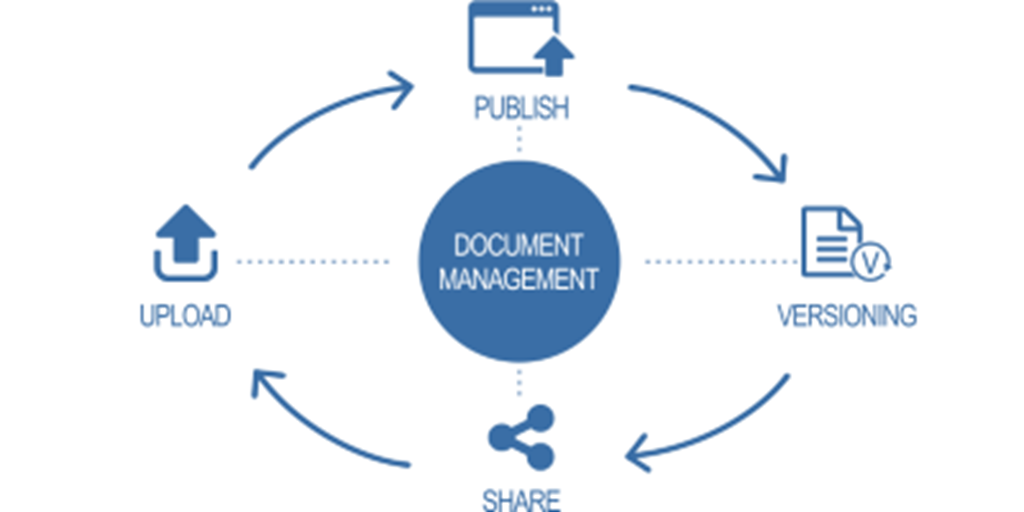Document Automation Systems

The What’s and How’s
The most basic definition of document automation refers to the systems and applications that help to develop and fill out electronic documents. However, document automation has advanced beyond this basic notion. In this article, we’ll talk about its functions and how document automation systems dramatically improve workflow efficiency.
What is Document Automation and How Does it Work?
The systems of electronic workflow help to create, access, manage documents and control the workflow within the organization. They offer reduced time for data entry, elimination of human error and reduced paper usage, thereby creating a reduced carbon footprint. Here are the primary functions that a basic document automation system can fulfill within your company:
- Template-based data entry to form a first-draft
- The ability for multiple people to work on the same document simultaneously
- The possibility to track documents, from registration to fulfillment (payment, signing, opening, etc.)
- A unified or distributed database of documents, without duplications and lost sheets
- Effective search within the document database
- Reporting on various document statuses and changes, enabling efficient management and control over workflow
Companies rely on automation systems to ensure dynamic document communication between senders and customers while supporting the inner needs of their business. While document automation is most frequently used in the legal field, insurance and financial services, it actually can supplement every organization with significant workflow reduction, especially governmental structures.
Document Automation Trends
In addition to reducing time and expenses, automated workflow aims at improving customer satisfaction. Today, customers prefer to view their information online rather than receive it traditionally in printed form. Document automation systems allow customers to access their account via the web or mobile apps and review only the ones they prefer. Some systems even enable real-time interaction and online processing. Everything can be handled within hours, not days or weeks, as with traditional correspondence and billing.
Another trend in document automation is business analytics. Document management is now centralized and easy to handle: the software can deliver reports, audits, performance statuses and more for any document in the database. It helps to track progress, identify responsible employees manage deadlines and more.
Business analysis also provides deep insight and statistics into the system users, creating a greater scope with demographics including age, gender and occupation. Such an example would be very beneficial to an insurance company, where automation systems may serve as a complement to the marketing and sales strategies, improving the efficiency of business and increasing customer satisfaction.
Another significant trend is the consolidation of document automation. Companies benefit from a single, flexible and highly scalable solution that solves the problems of several departments that can (and will) evolve as the business grows. This way, one can leverage technology and skills of a single vendor, reduce maintenance and support costs, quickly respond to market conditions and eliminate redundancy of various types of software.
Challenges of Document Automation Software
Without any doubts, automation systems are highly beneficial both for businesses and state bodies. However, there are issues that one should carefully consider when choosing - or developing - such software.
User-friendly application. You can educate your employees on how to use the new software, but if it’s clumsy and complicated, it’s just not going to work for your employees or your customers. If your customer audience is of various age and education level, an intuitive interface and understandable guidelines is a must for your document automation software.
Security level. Sectors such as banking, insurance and healthcare, deal with users’ sensitive data. The ability to protect information must be of high priority when considering document automation systems. By default, a digital storage is safer than paper in terms of data loss, but it can also be compromised more easily. We’re living in the digital era when hackers can commit cyber-murder of the whole country. So, when purchasing a document automation system or developing one with an outsourcing partner, make sure the software is secure and complies with the necessary data protection regulations (e.g., GDPR, the change in data privacy regulation that comes in effect on May 25, 2018).
Easy integration. You can have multiple programs for different departments and tasks in your company, but it’s often hard to make them work seamlessly and complement each other. Or you can use a single document automation system for all your coworkers. This type of software is easily integrated and scalable; it will help your workflows become more transparent and your employees - more efficient. Besides, when your entire company uses software created by a single vendor, maintenance and support become more affordable.
The market offers multiple solutions of document automation, from basic to more advanced software, catered for different fields from insurance to healthcare. Custom software also remains a popular option - your company may need to solve specific tasks or flawlessly combine several systems into one.
So, be sure to find a reliable vendor with proven experience if you want to reap all the benefits of document automation systems.
And TRM Solutions is one of them!